Yogyakarta, also known as Jogja because it’s easier to say (according to the local guide who answered my question about that), is located on the Indonesian island of Java. It’s the only Javanese city still ruled by a monarch and is home to Indonesia’s best universities. A large student population, special government status, and a unique heritage and culture make Jogja a lovely place to spend a long weekend. I’ve been wanting to visit for some time and I was really glad to finally have the opportunity to do so.
We arrived early in the afternoon and started off with a walk to get our bearings. Jogja is bright, sunny, and hot and we were happy to take the suggestions of a few locals who stopped us to chat. They sent us to a couple batik art galleries and told us about cultural events taking place over the weekend. As we walked, we saw quite a few murals, which is always a highlight for me.
We walked along Jalan Malioboro, a very busy central street lined with shops and street sellers selling souvenirs and batik clothing. It was entirely too hot and overwhelming to be there during the day and we decided to go back in the evening. Jalan Malioboro is very tourist-oriented and the real local markets, which we saw by car the next day, are located a few streets over.
The primary reason for our visit to Jogja was to see Borobudur and Prambanan, two very famous temples. We went on a Friday to avoid weekend crowds and that actually worked out really well. Borobudur dates back to the ninth century and is now a UNESCO World Heritage site. It’s the largest Buddhist temple in the world and designed so that visitors follow the path of Buddhism from the base of the temple, symbolising the world of desire, up to the top of the temple, symbolising the Buddhist cosmology of forms and then of formlessness.
It was amazing to see how much had been reconstructed, as well as how much hadn’t. Indonesia experiences frequent earthquakes and their effects are present here as much as elsewhere.
Borobudur is about an hour and a half away from Jogja and our driver pointed out interesting spots along the way, told us about Indonesian farming, and answered our questions about life in Jogja and the rest of Indonesia. On our way back to the car my friend commented that it’s interesting how the best-known part of Borobudur, the stupas at the top, are hidden until you get there. I mused that this fit into the design of the temple – you have to do the hard work on the individual self before reaching that point of clarity.
Our next stop was Prambanan, Indonesia’s largest Hindu temple and also a UNESCO site. It’s about two hours from Borobudur and, just like the first temple, took us about two hours to explore. I was really glad we went because the two temples were completely different. The architecture was noticeably different, in keeping with the typical style of each religion, but so was the feel. There was a sense of mystery at Prambanan that I had not experienced at Borobudur.
Prambanan tells the story of the Hindu Ramayana epic and has temples dedicated to different Hindu deities, the most important of whom are Brahma (the Creator), Vishnu (the Protector), and Shiva (the Destroyer).
The ruins here were even more prominent than at Borobudur, too, due to significant damage from a 2006 earthquake.
The grounds around Prambanan are home to yet more Buddhist temples. We stopped to look at Lumbung . . .

. . . and Bubrah . . .

. . . and spent some time wandering around Sewu, which was definitely the coolest of the three. It was actively undergoing renovation, but empty other than us and the workers. It’s weird to wander a temple complex removed from crowds. Borobudur wasn’t busy but there were people around every corner. At Sewu, we were keenly aware of being alone and aware of the novelty of the experience.
The following day we visited Batik Winotosastro, an active batik workshop that also hosts batik classes for visitors. Our experience there was fantastic and I highly recommend a visit. A lovely woman introduced us to the workshop and set us right to work. We chose patterns to trace onto our cloth and then she moved us over to real batikers. We learned how to hold the dipper that contains the wax (I’ll be honest – I found this really difficult) and proceeded to trace the lines we’d just penciled. The batikers were working on additional layers of colour beyond the base layer and it was amazing to watch them and see how intricate, detailed, and precise their lines were. They prettied up our wax outlines while our guide showed us around the workshop.
Batik can be hand drawn or stamped, we learned. The stamps are copper and have been around a very long time, but the hand drawn batik are more expensive. When our batik were prettier than we’d left them, our guide took us over to the woman responsible for dyeing . . .
. . . and the man who boiled off the wax . . .

. . . and finally to the women with sewing machines who hemmed the edges to finish off.
It was a real pleasure to learn from such a knowledgeable person and to experience how an actual batik workshop operates. Watching a traditional process in action was a great learning experience and says a lot about Jogja’s desire to maintain its heritage. I am always glad to support places like that.
Our afternoon destination was a quick trip to the Water Castle, which is located on the grounds of the royal palace. The only section preserved today is the bathing complex where the sultan and his ladies would relax.
I really liked the neighbourhood around the Water Castle, too. It was bright and colourful, though very quiet. We noticed that people in Jogja tended to avoid the outdoors in the middle of the day, which is not what I have seen in other places with similar weather but definitely something that I understand.
For our last evening, we headed back down Jalan Malioboro to experience the night market. It was busy and crowded and still rather overwhelming but I’m really glad we went.
I was particularly taken by the street food stalls that opened up and attracted just about everybody.
And furthermore, we were in Indonesia. They take coffee very seriously here. Filter coffee from a street cart!

Before going to the airport the following day, we went back to the royal palace, the Kraton Ngayogyakarta Hadiningrat. The palace hosts cultural performances daily so we got to hear some Javanese music and see traditional dance.
The palace also has several museums explaining different traditions and rituals. There are a few artifacts on display throughout the complex, as well.




After another cup of coffee from Tanamera Coffee, a local roastery and café that we visited a couple of times, it was time to go. We had a lovely long weekend in Yogyakarta and I would definitely recommend it for lovers of history, art, and culture. Happy travels!



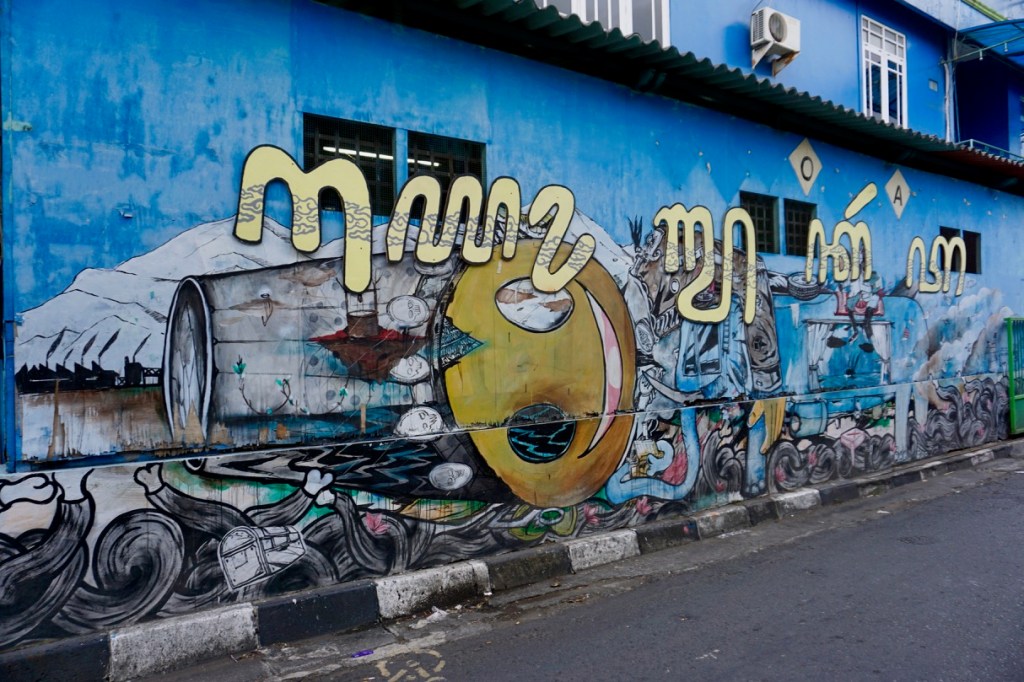




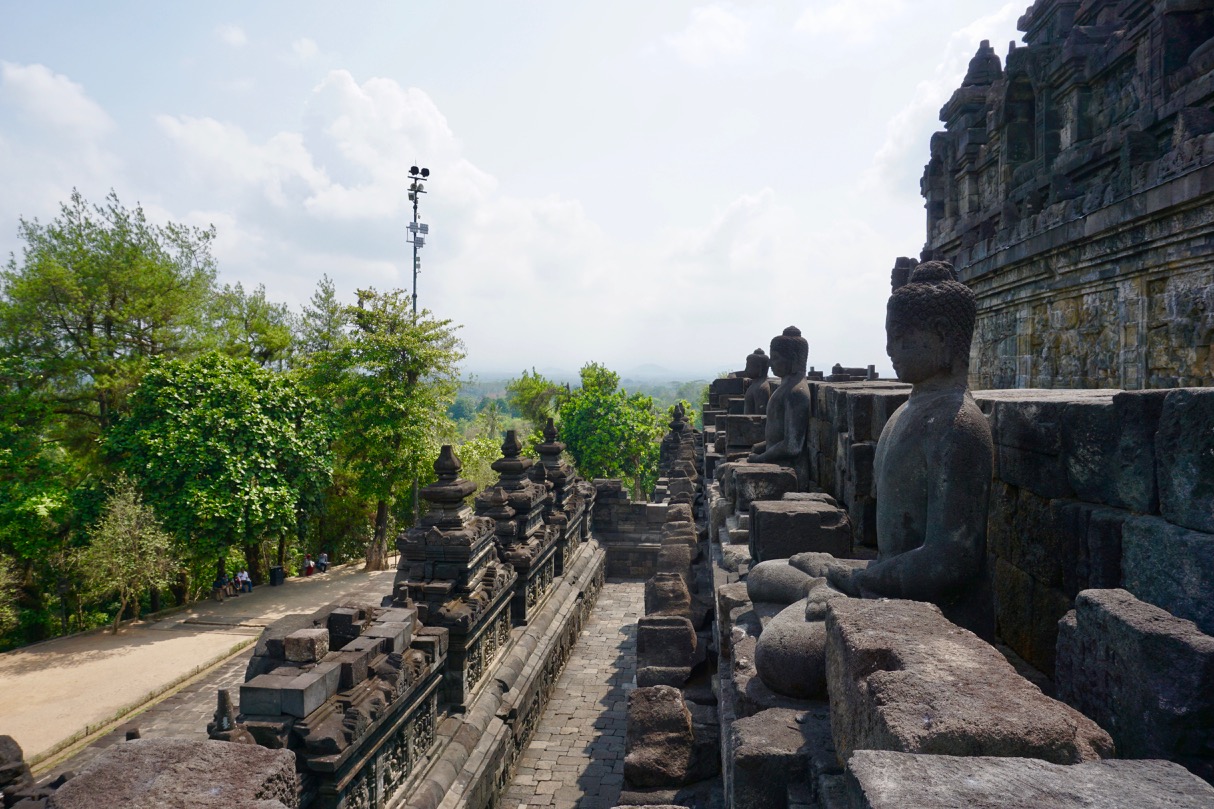
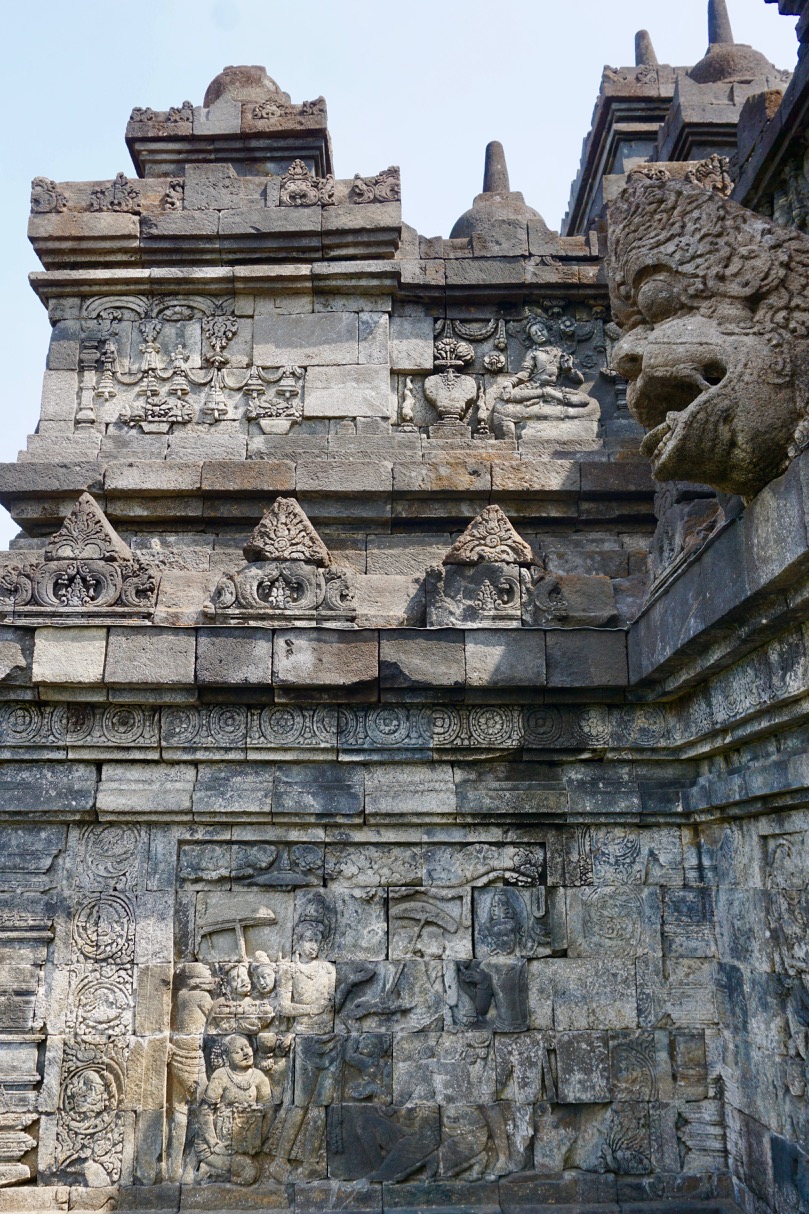





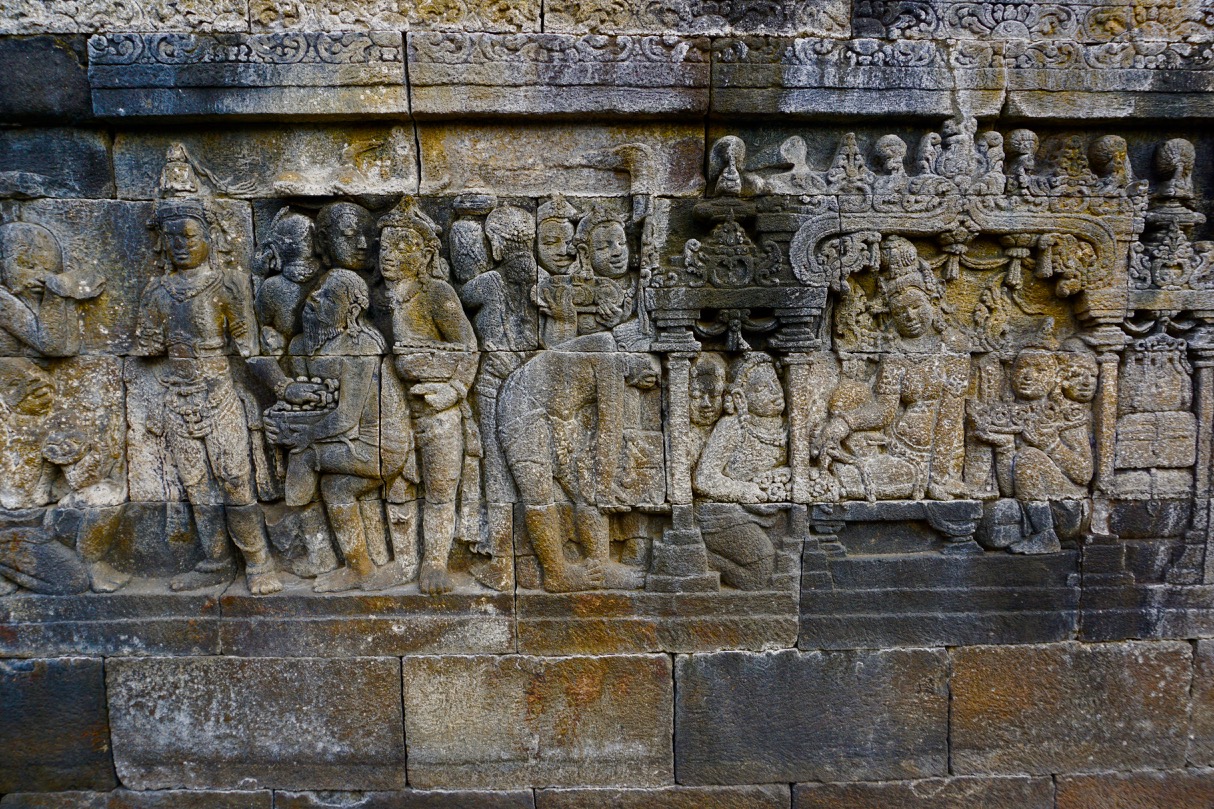



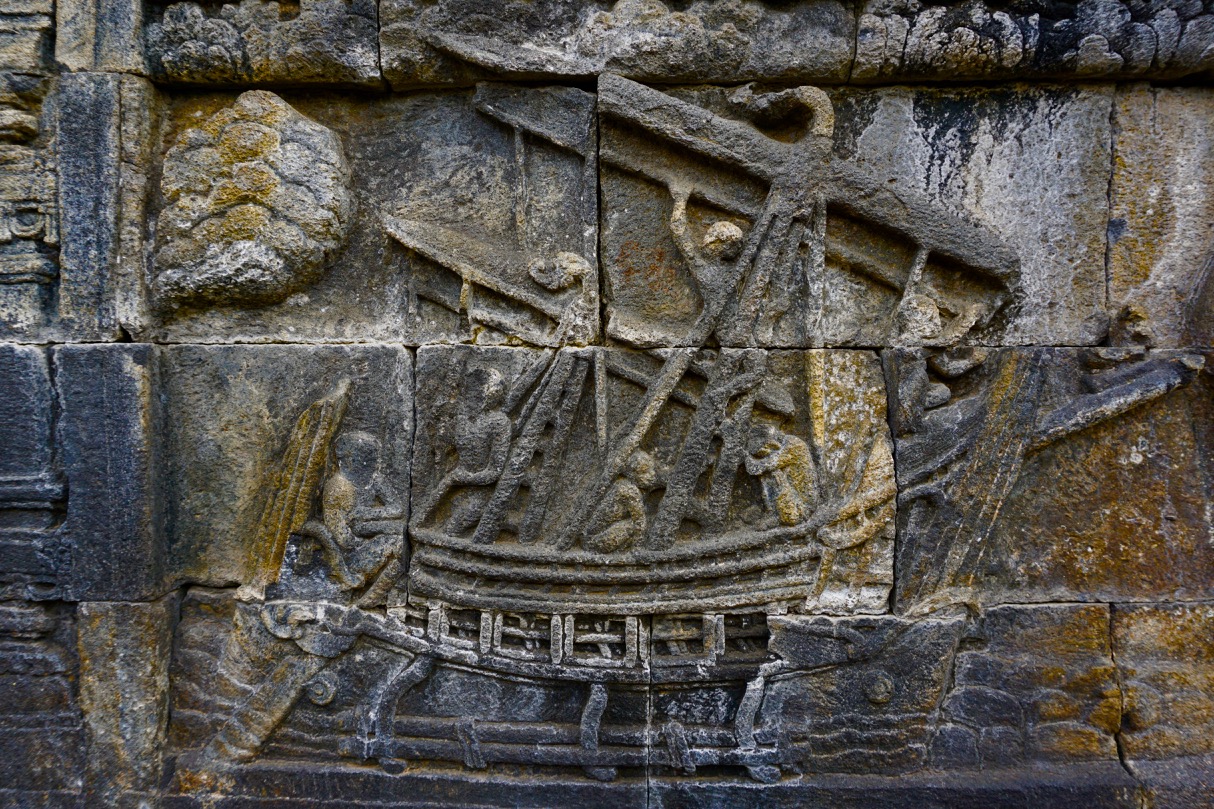







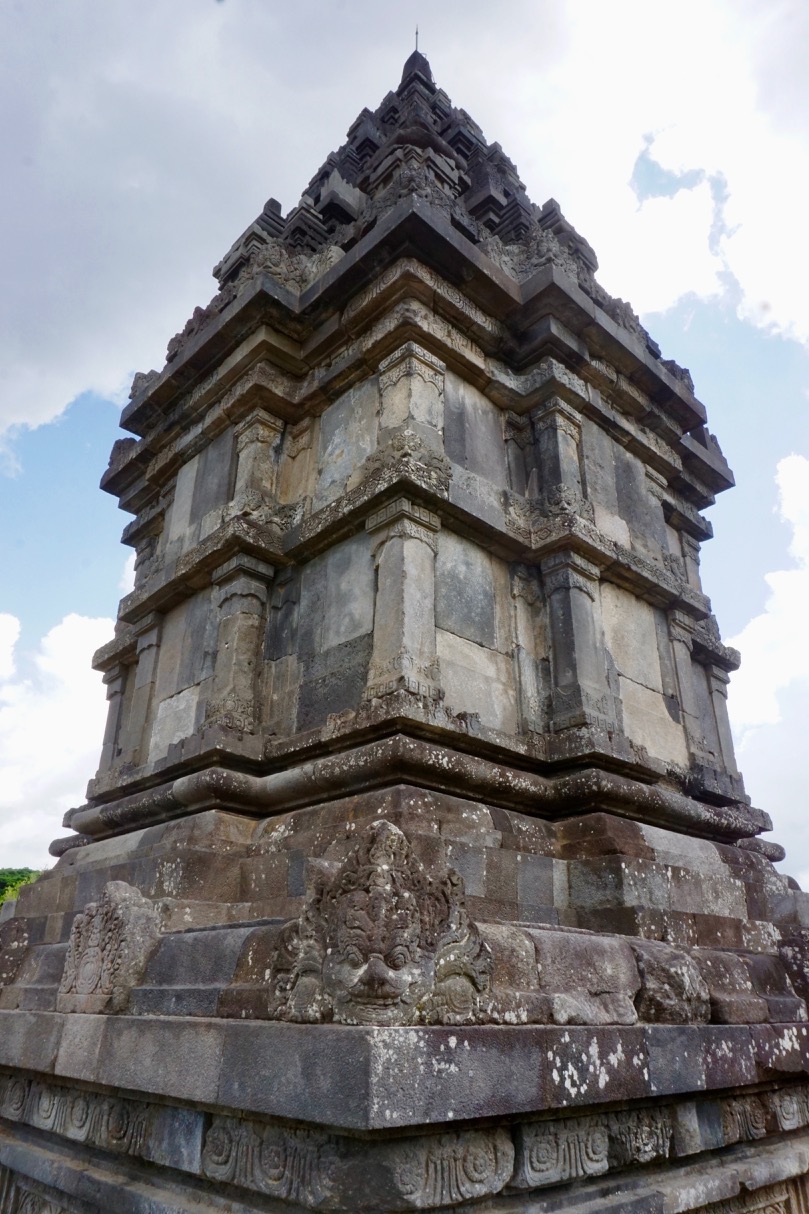
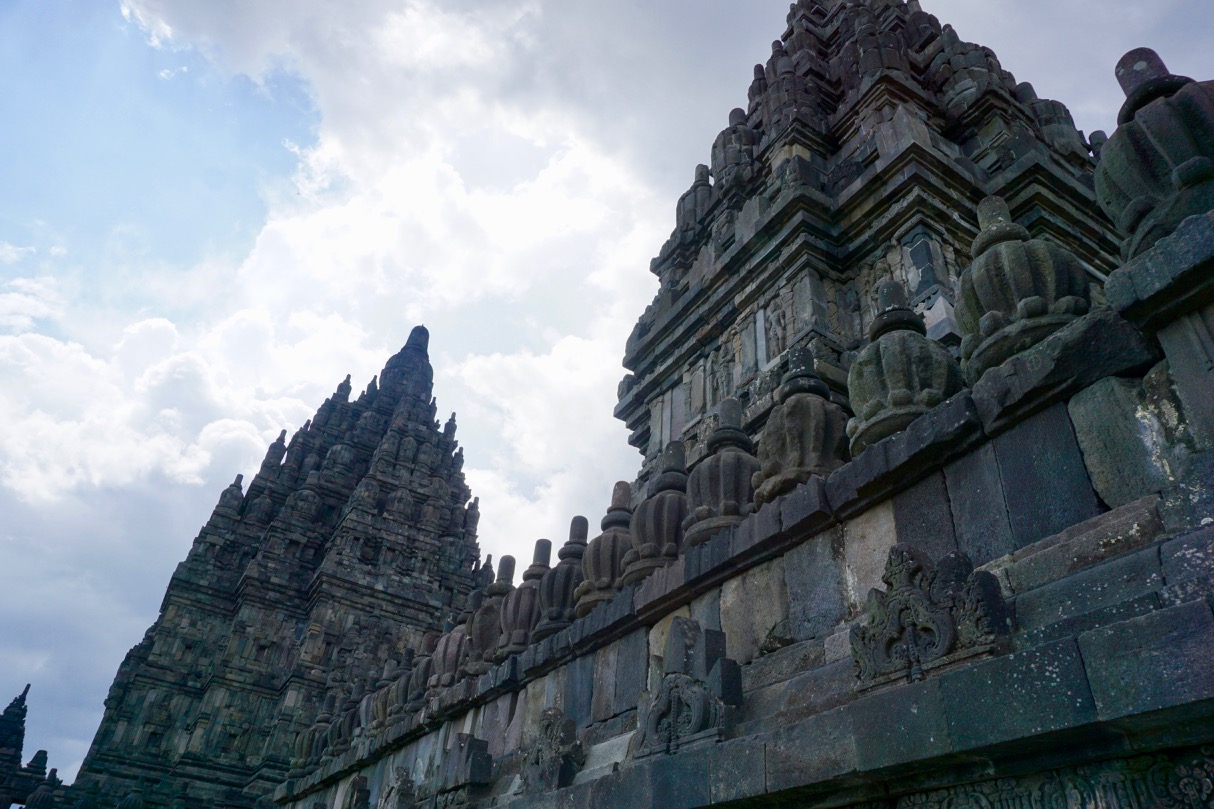

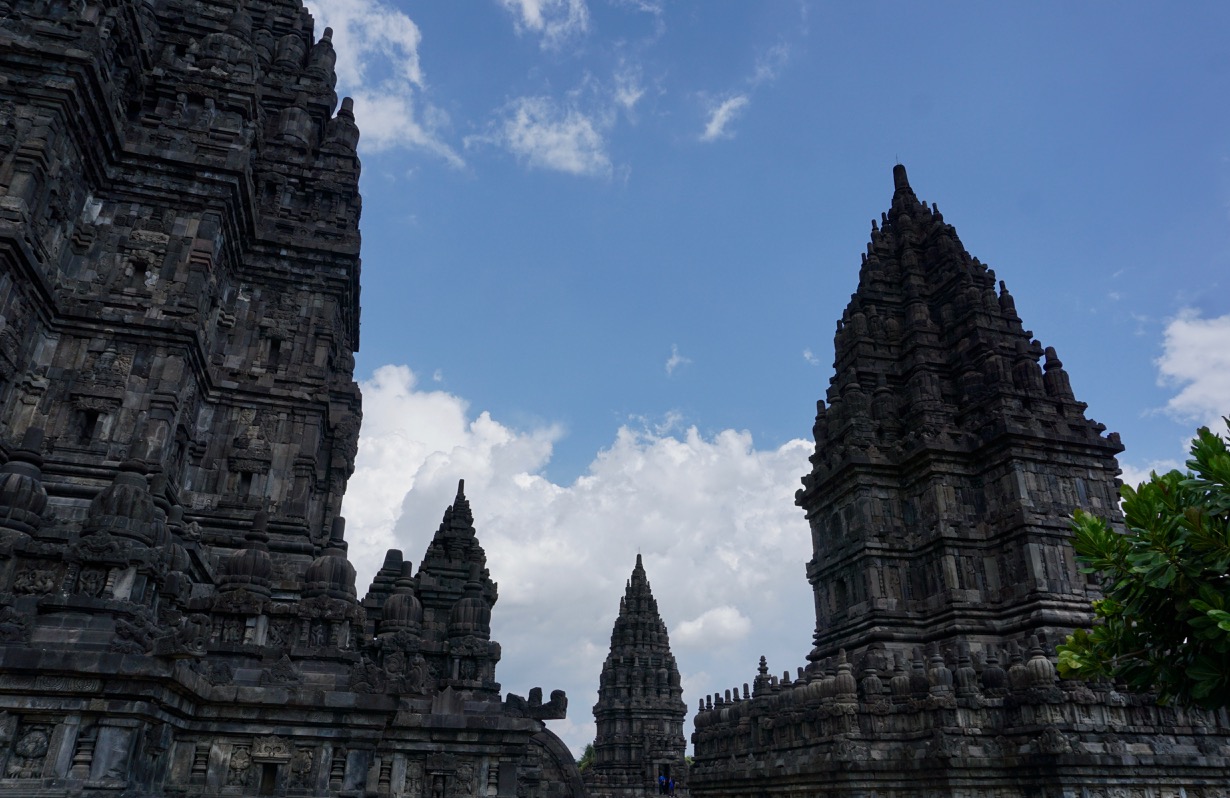




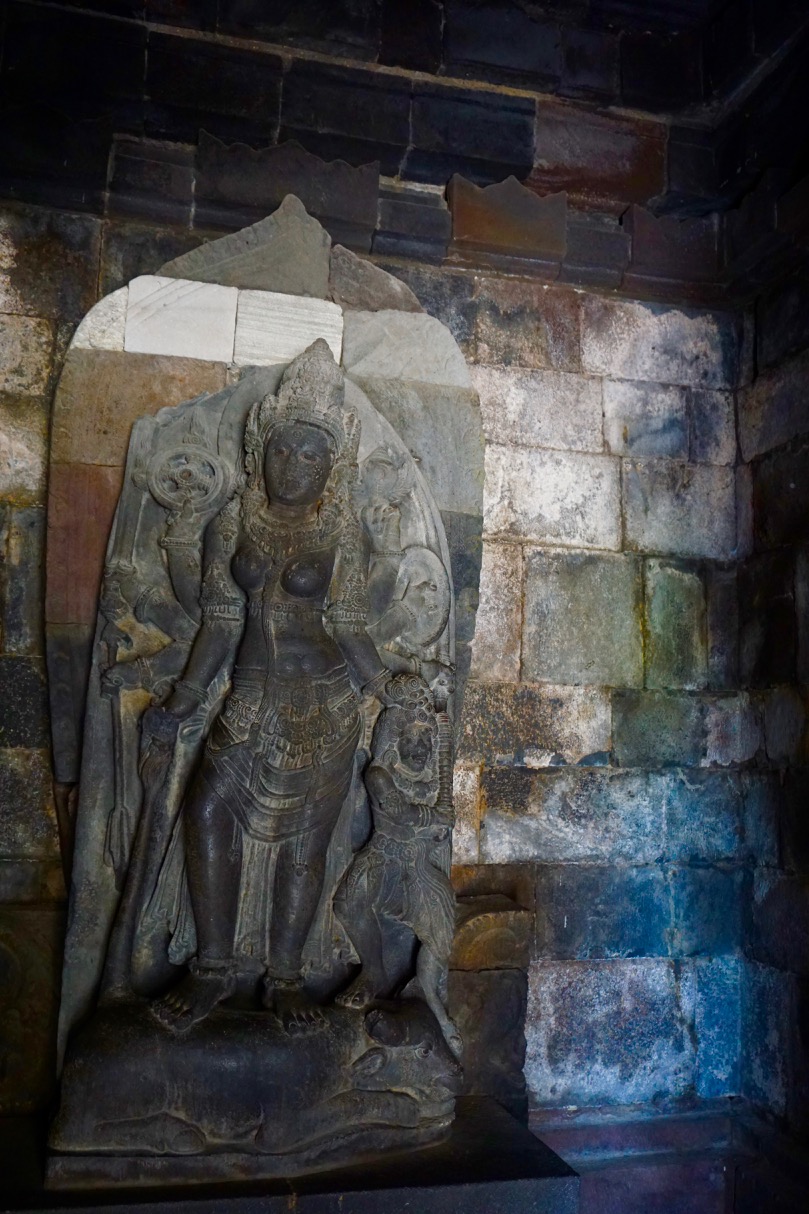

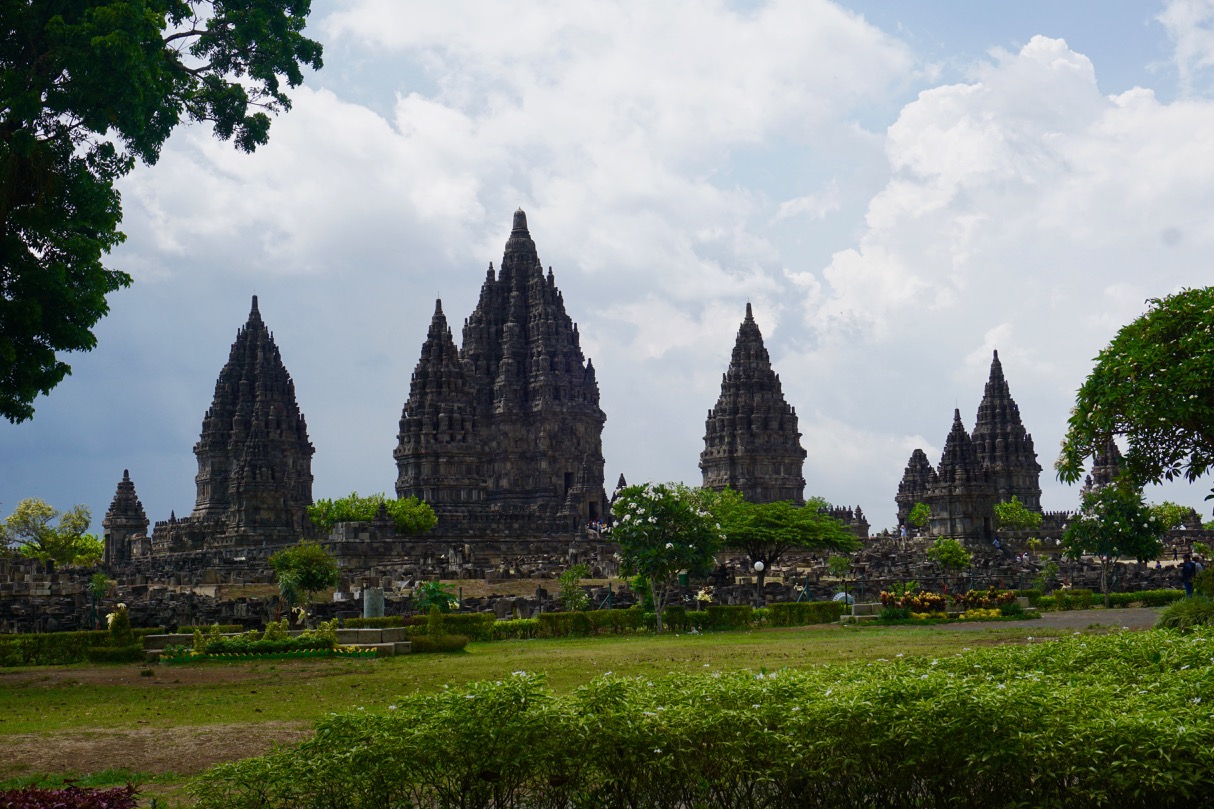










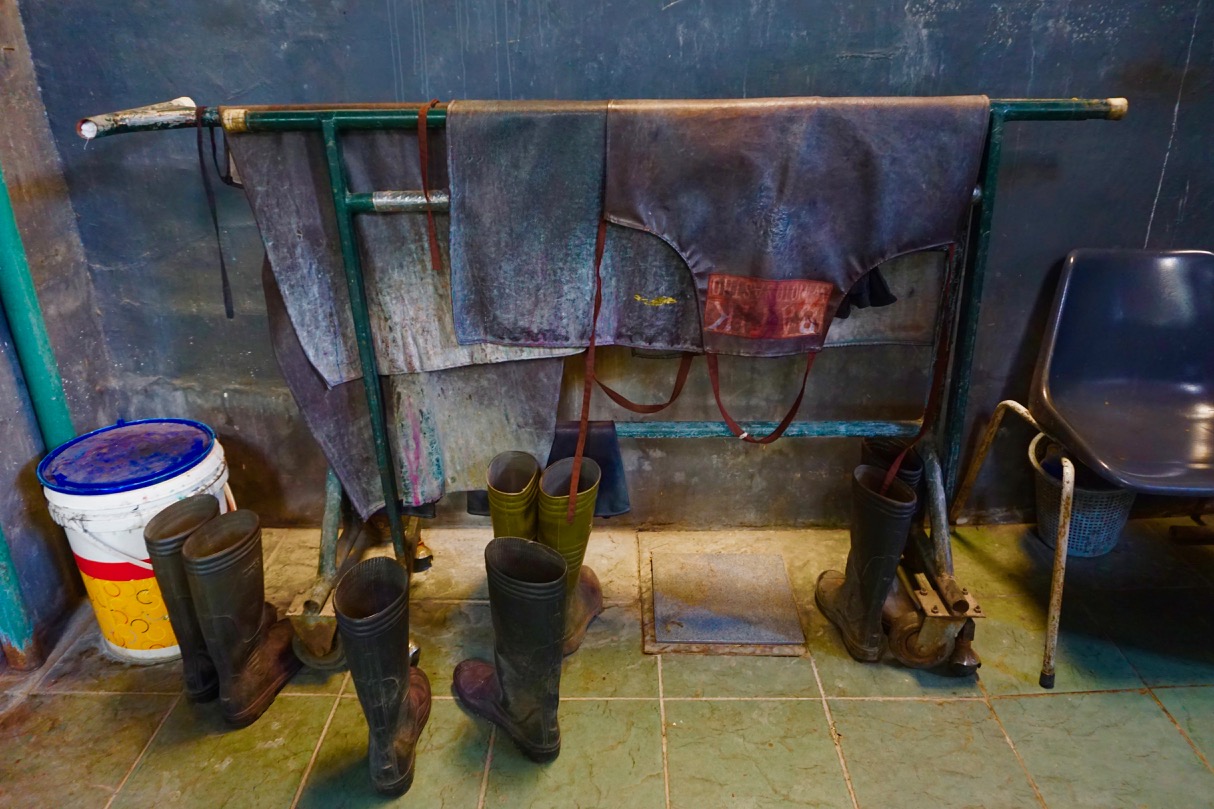




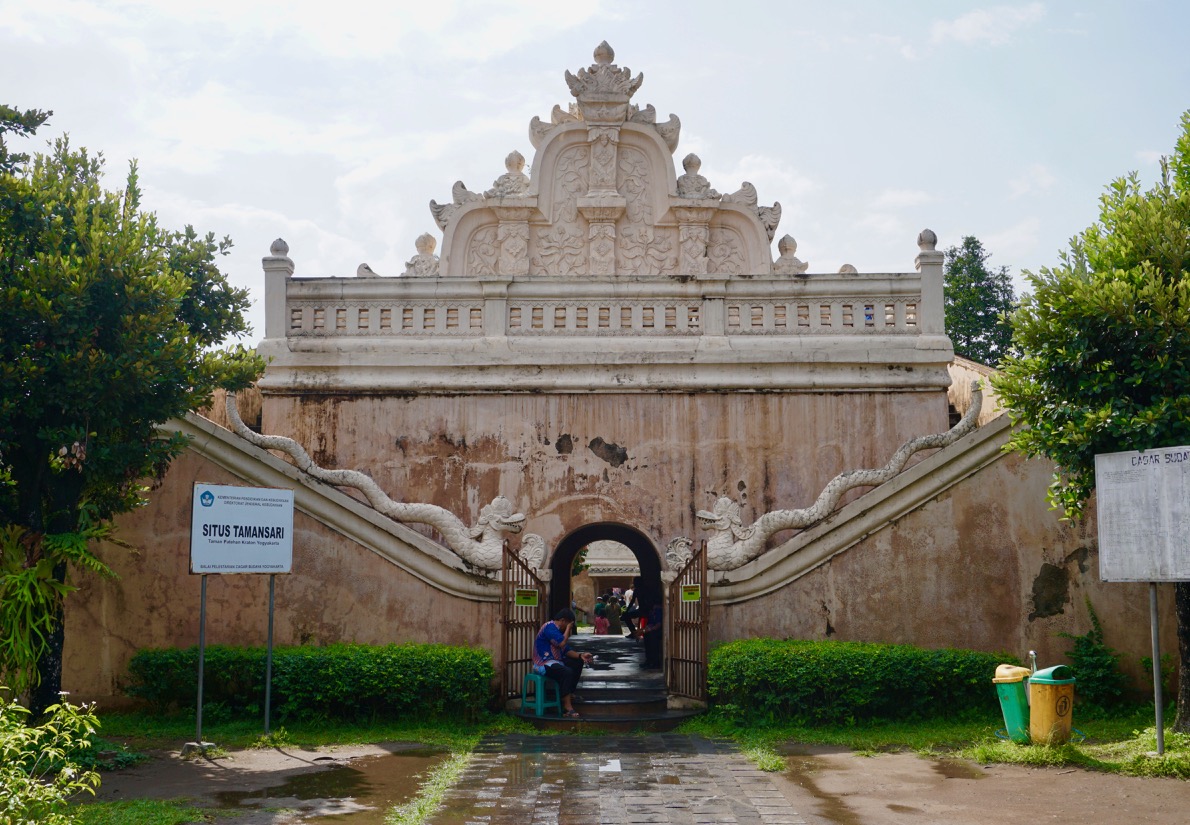
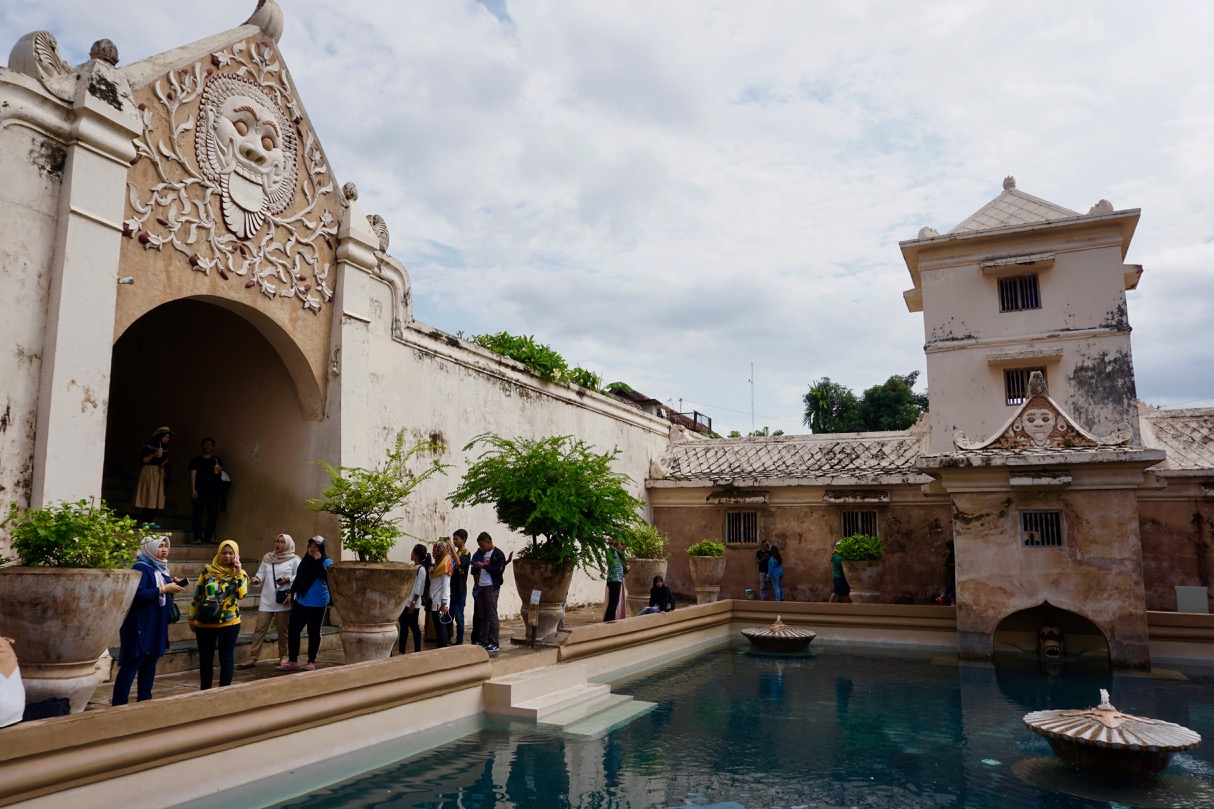




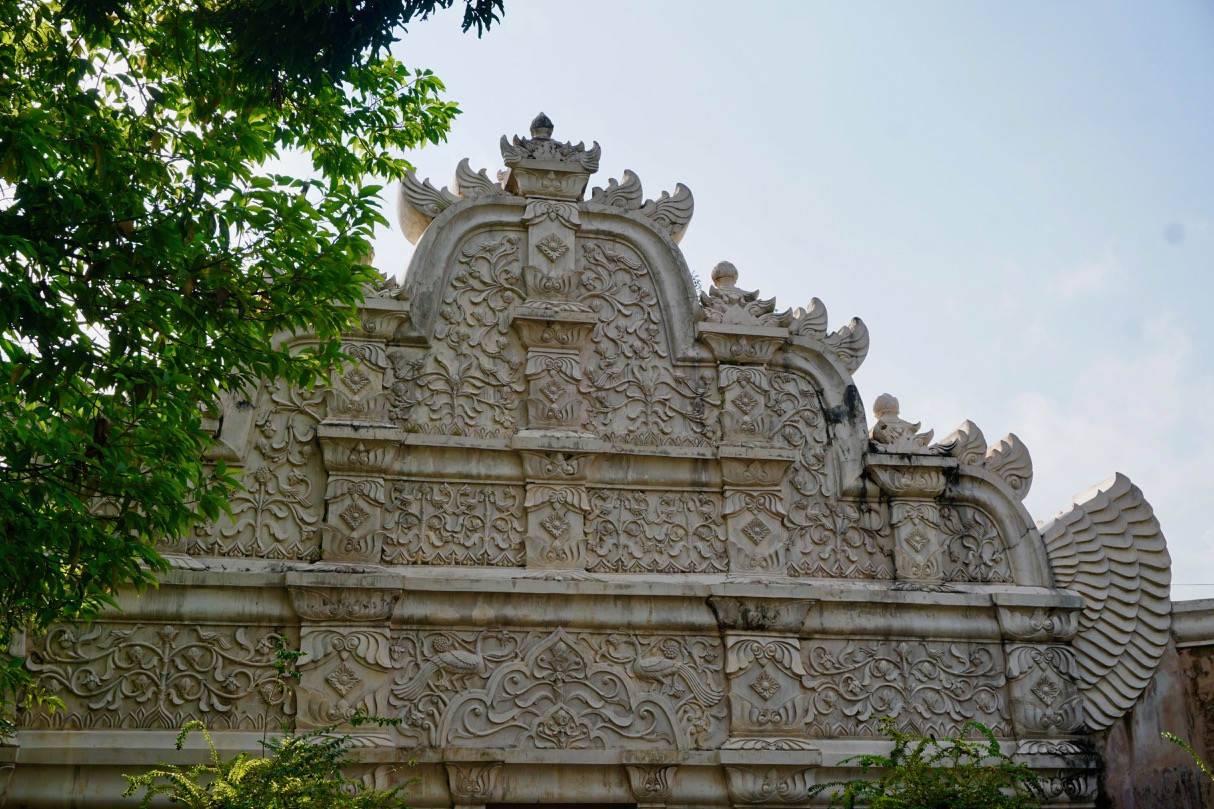






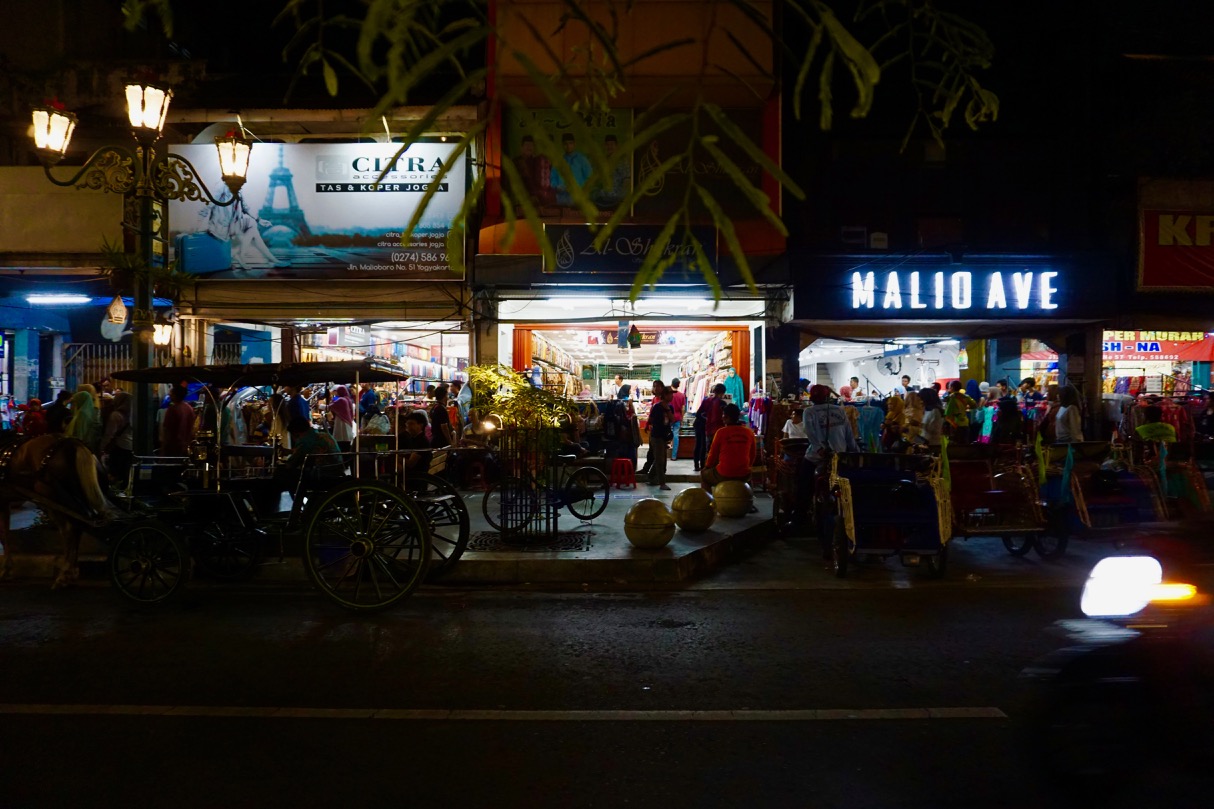


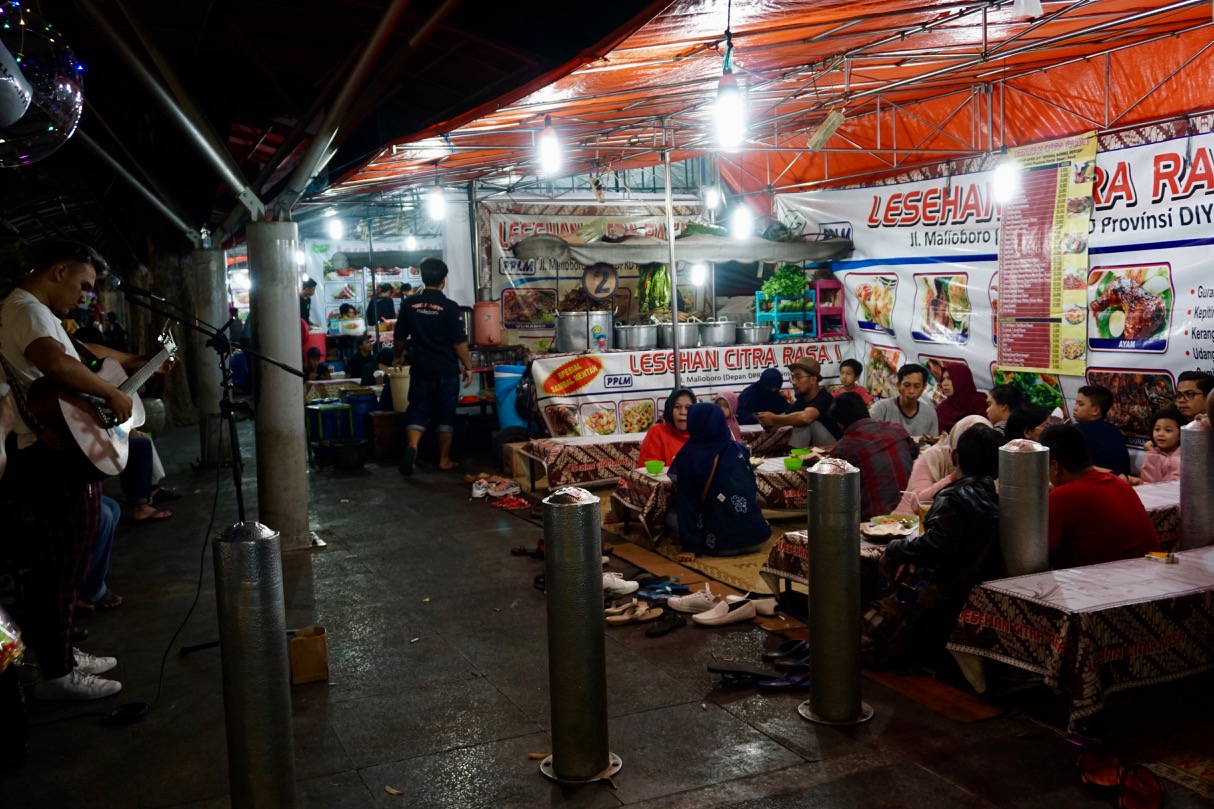



Really lovely, Rebecca. So enjoyable.
LikeLike
happy adventure rebecca…
LikeLike